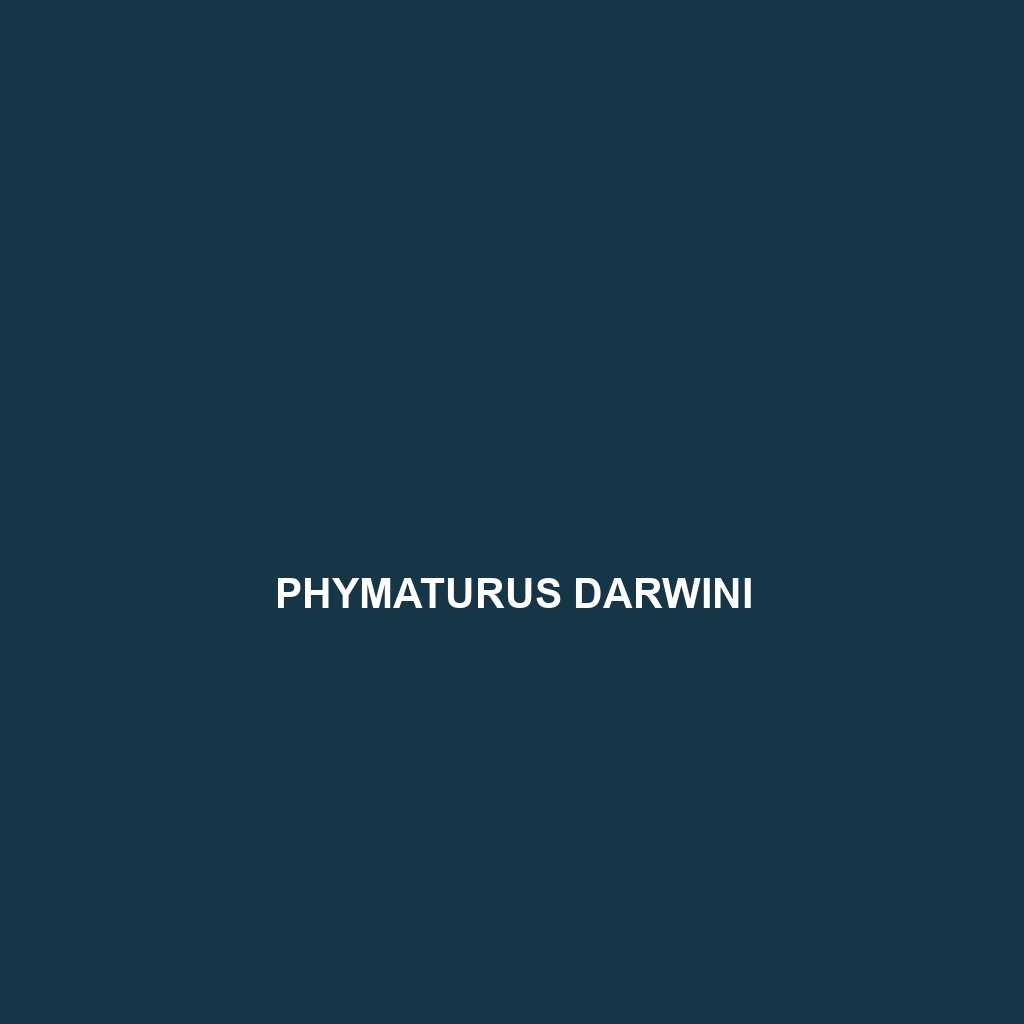<b>Phymaturus querque</b>, a medium-sized lizard native to the arid regions of Patagonia, Argentina, thrives in rocky outcrops and exhibits a robust build with distinctive camouflage. This diurnal omnivore plays a crucial role in its ecosystem by controlling insect populations and serving as prey for larger predators, while its viviparous reproduction ensures the survival of young in challenging conditions.
Tag: Patagonia wildlife
Phymaturus patagonicus
<p><b>Phymaturus patagonicus</b>, also known as the Patagonian lizard, is a robust, insectivorous reptile native to the arid regions of Patagonia, Argentina. Measuring 15 to 25 centimeters, it features distinctive coloration for camouflage, exhibits fascinating territorial behaviors, and plays a vital ecological role by controlling insect populations and serving as prey for birds of prey.</p>
Phymaturus felixi
<b>Phymaturus felixi</b> is a unique, small lizard native to the rocky terrains of Patagonia, Argentina, distinguished by its earthy coloration and patterned skin that provides effective camouflage. Primarily insectivorous, this species plays a crucial role in its ecosystem by controlling pest populations while facing vulnerabilities due to habitat loss and environmental changes.
Phymaturus darwini
<p><b>Phymaturus darwini</b>, also known as Darwin's phymaturus, is a vibrant lizard endemic to the temperate forests and grasslands of Argentina, characterized by strong limbs, distinctive coloration, and unique diurnal behaviors. Classified as vulnerable, this insectivore plays a crucial role in maintaining ecological balance while exhibiting fascinating breeding and territorial displays.</p>
Liolaemus xanthoviridis
Discover the vibrant Liolaemus xanthoviridis, a unique lizard from the temperate forests of southern South America, known for its striking green and yellow coloration, agile movement, and fascinating behavior as an omnivore. This species plays a crucial role in its ecosystem by regulating insect populations and serving as both predator and prey.
Liolaemus punmahuida
The Liolaemus punmahuida, or Patagonian lizard, is a vibrant, omnivorous reptile found in the temperate forests and scrublands of Patagonia, characterized by its striking coloration and powerful limbs. This diurnal species plays a crucial role in its ecosystem by controlling insect populations and contributing to soil health.
Liolaemus basadrei
<b>Liolaemus basadrei</b>, commonly found in the rocky terrains of Patagonia, Argentina, is a distinctive lizard species characterized by its elongated body, rough skin, and diverse coloration ranging from brown to gray. Adapted to arid environments, this active diurnal insectivore plays a crucial role in regulating insect populations while exhibiting fascinating social behaviors during its breeding season.






